
A Roadmap for Improved Simulation Success

Today’s process manufacturers face a wide array of new complexities. An expanding global marketplace has made it more important than ever to increase efficiency and competitiveness, while global events and trends continually shift, making it harder to achieve those goals. Many organizations around the globe are facing a critical shortage of experienced workers. Plant engineers and operators are retiring at an unmatched pace, taking years or even decades of institutional knowledge with them. New personnel are in short supply, and even when they are available, they take years to upskill to a level where they can meet the performance of their predecessors.
Further complicating the worker shortage are new trends in the workforce, with modern plants seeing a trend of more transient workers. Gone are the days when an operator would sign on and stay for 30 years. Today’s talent is typically ready to move to a new role, or even a new location, in fewer than five years. This is often less time than it takes to fully train them. Furthermore, today’s organizations are finding it hard to attract anyone at all unless they offer modern working environments. The new generation of workers was raised on digital technologies, and they expect to see those same capabilities in their workplace to help them learn more quickly, make better decisions and collaborate more effectively.
Global pressure to drive increased sustainability while increasing performance is adding additional complexity. Most teams must not only focus on increasing production but also on doing so while reducing emissions and curbing excessive energy use. Meeting those goals often means innovating on traditional operations—a big ask with fewer experienced people and significantly reduced resources.
To meet these challenges, simulation software can be a game changer, but only if a project team approaches it thoughtfully. While it is possible to build one-off simulations for each project and operational need, the result will be costly and difficult to maintain. A better solution is to evaluate simulation at every stage of a project, building a cohesive simulation roadmap that will meet the organization’s needs at every stage and continue to deliver value well after operations commence.
The case for simulation
One of the primary benefits of simulation software is that it provides proven results over the lifecycle of a facility. In the earliest stages of project design, simulation helps reduce capital expenditures by helping project teams evaluate and validate process and automation designs, as well as enabling safer testing with improved results to help teams more easily meet or even shorten project schedules.
Yet even after project completion, simulation software continues to deliver value across its lifecycle. Dynamic simulation tools provide the best possible training platform for new operators, providing them the opportunity to work with systems that look, feel and respond exactly like the controls they will use every day. These training simulations can be built, deployed and used well before equipment ever arrives onsite, ensuring operators are ready to perform at their best on the very first day of operation. These simulations can then continue to be used to train new hires throughout operations.
Dynamic simulation tools also provide a test bed where operations teams can test new equipment, strategies, and configurations to help them increase performance and drive more sustainable operations, without interrupting or risking operation of the plant. With the right simulation software in place, the dynamic simulation can be continually synchronized with the changing plant to ensure it is always available to empower operators and enhance the way they work to meet their ever-changing goals.
Different stages have different needs
One of the most important things to remember when developing a simulation software roadmap is while there are different stages of a project and operation, there are also different types of simulation software, and they all must be paired strategically. The earliest stages of project engineering will typically require steady-state models. In the pre-front-end engineering and design (PreFEED) stage, project teams will typically build a simplified steady-state simulation they can use for the conceptualization of the plant.
These models have limited details, only providing the general parameters of the design of the plant the team wants to build. Such a simulation might work in tandem with a capital cost estimator—effectively its own style of simulation—to gather estimates and calculations for what each element of construction might cost, allowing the team to scale certain elements up or down to stay within budget. Teams at this stage might even work with Monte Carlo simulation tools to see how different economic factors will impact their design.
Later, in the FEED stage, the project team will further refine its steady-state model using high-fidelity simulation software. Leveraging these high-fidelity models, the team will develop their final visions for plant operations, define their operating philosophy, set the project strategy and then use those elements to continue to develop and validate their core process designs.

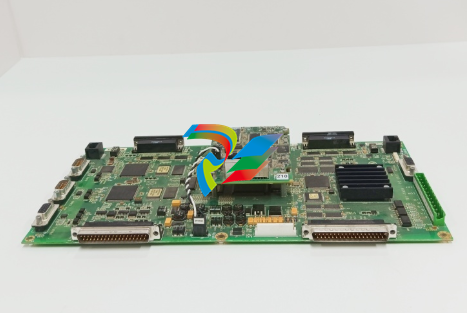
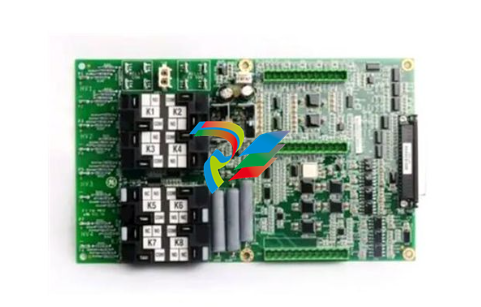
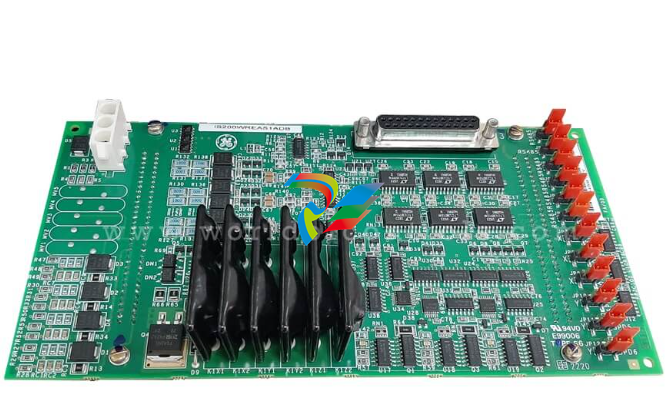
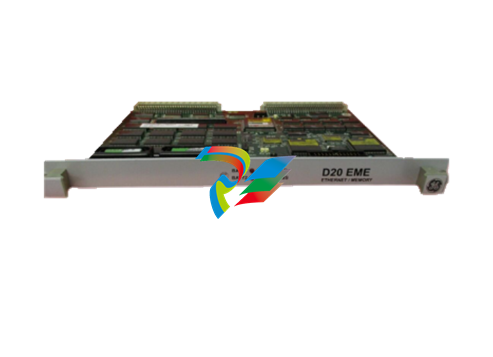
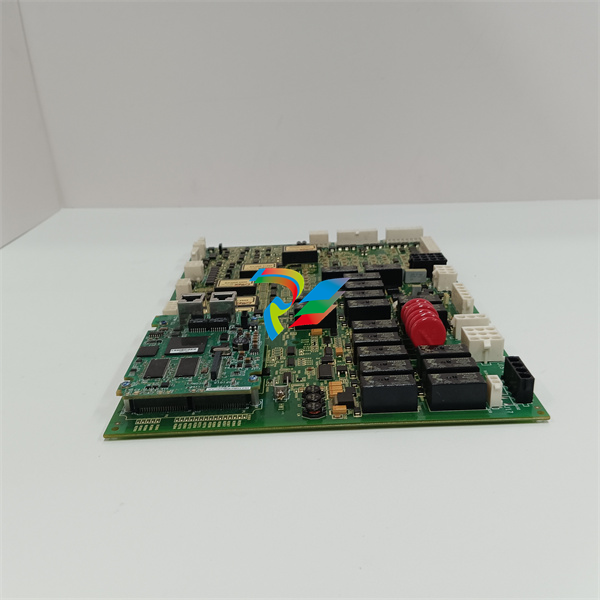
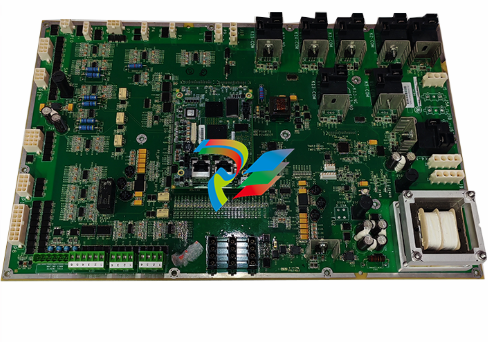
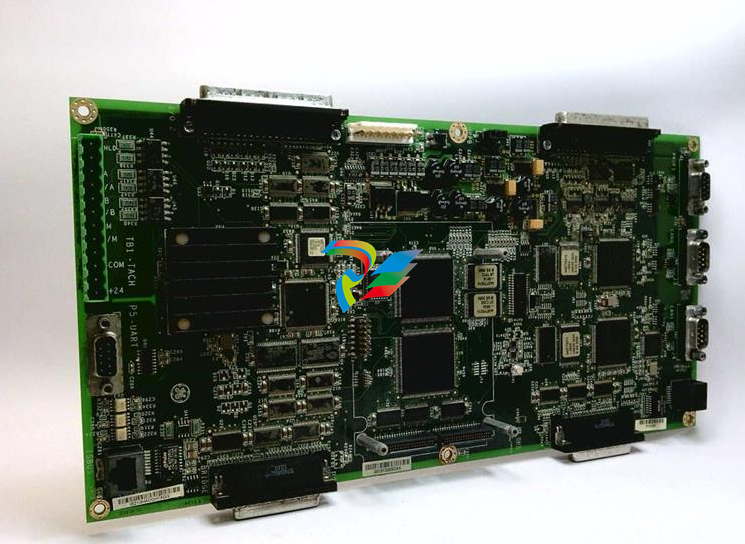
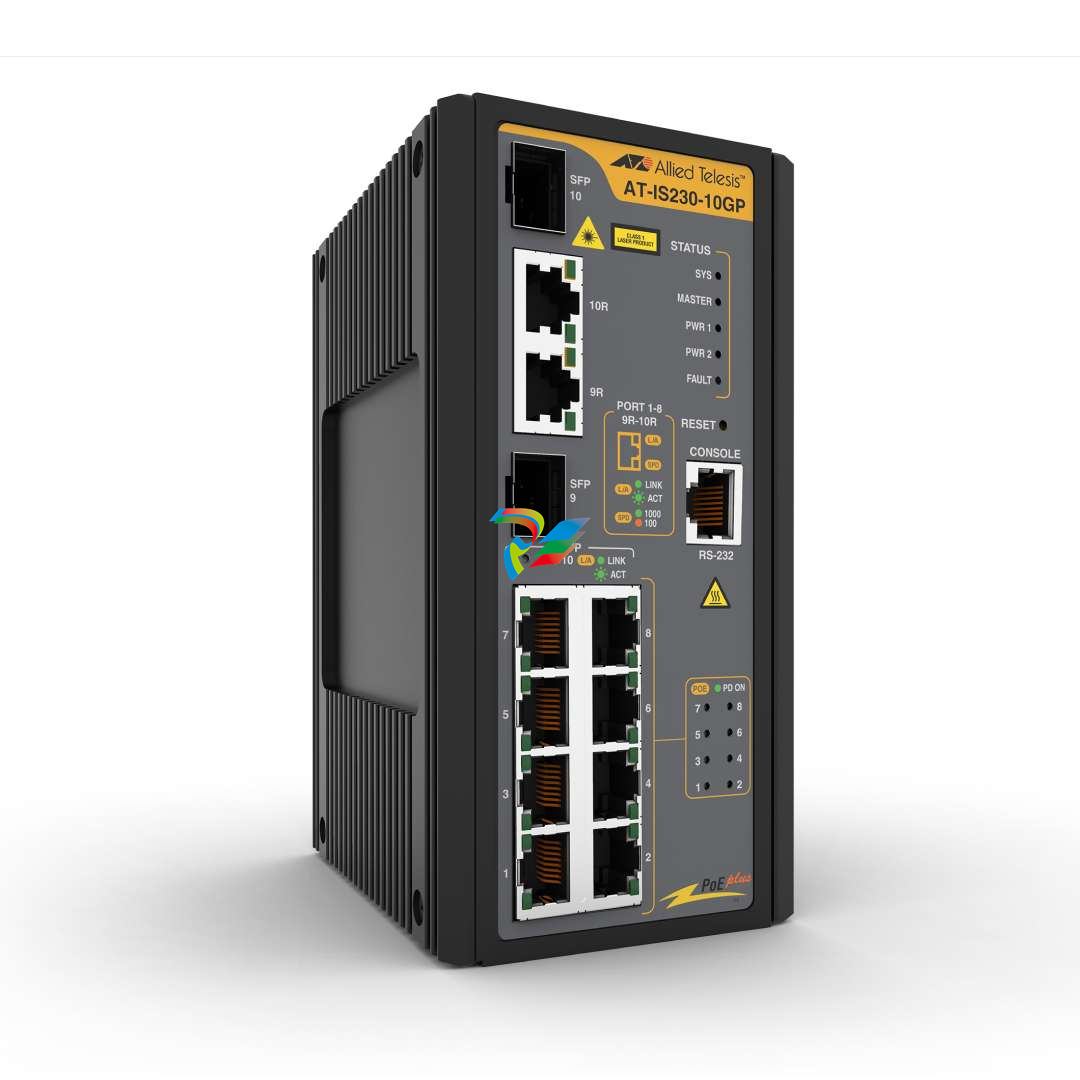
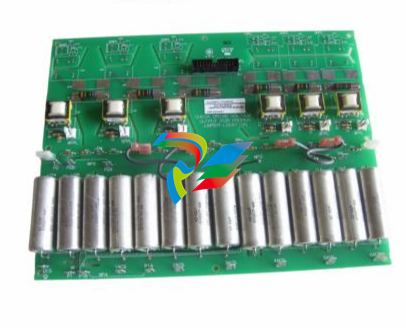

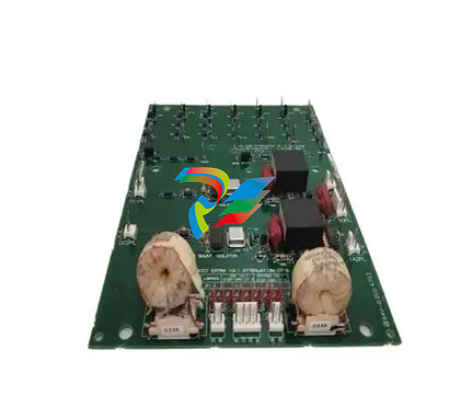

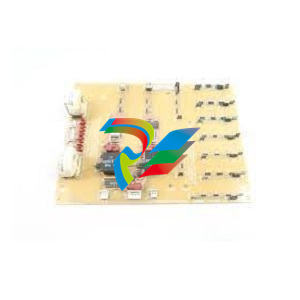
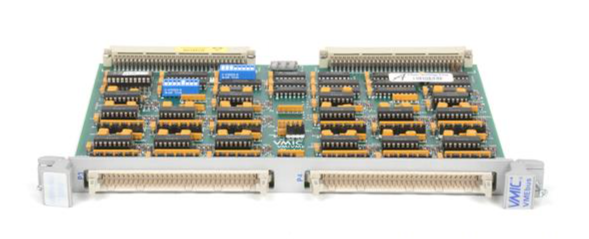
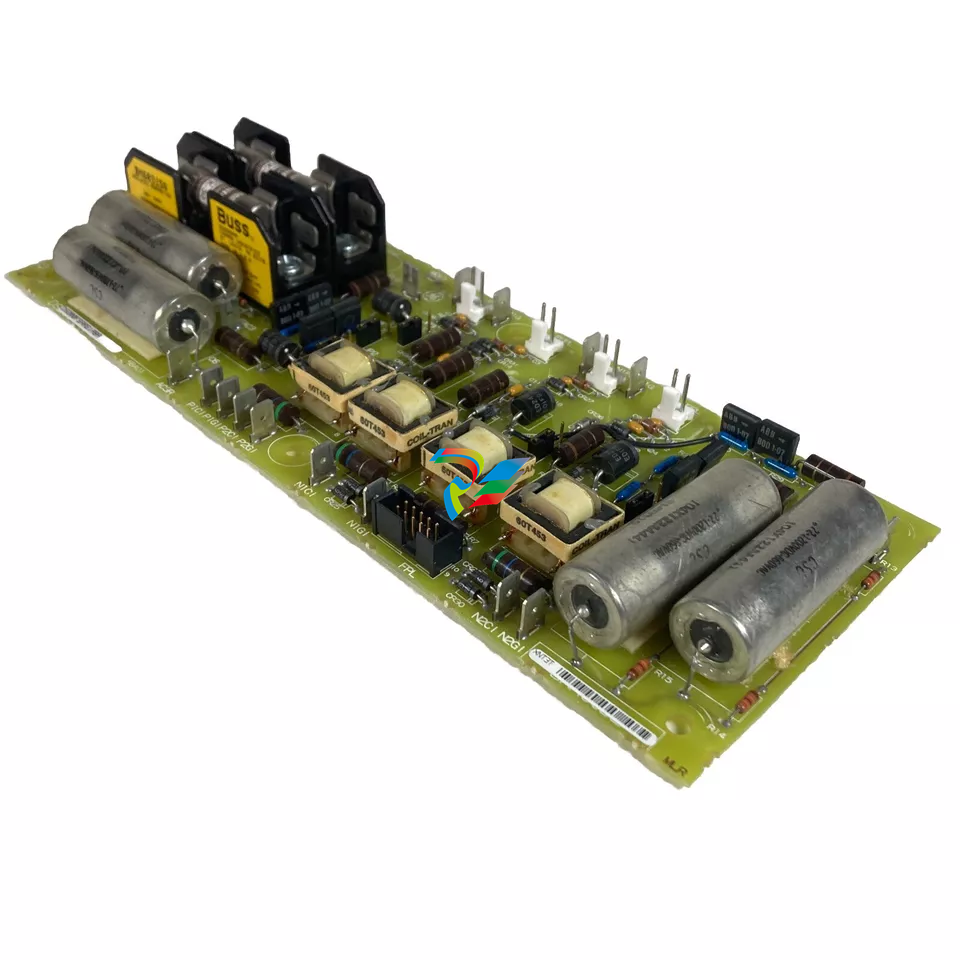
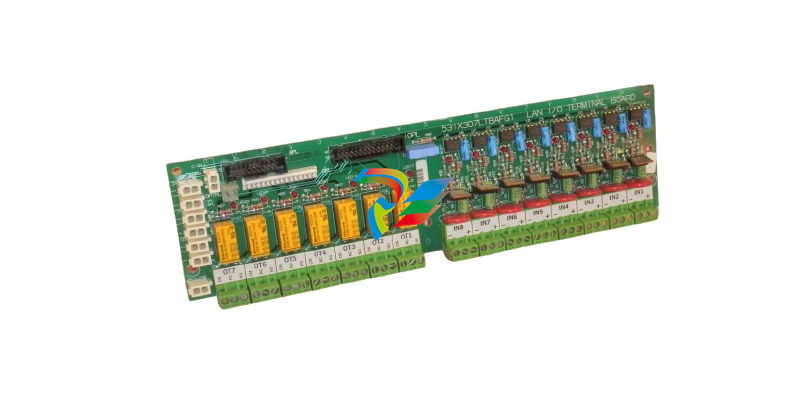



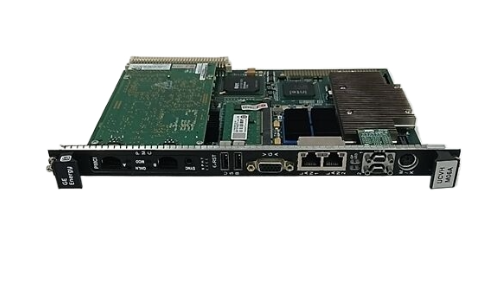
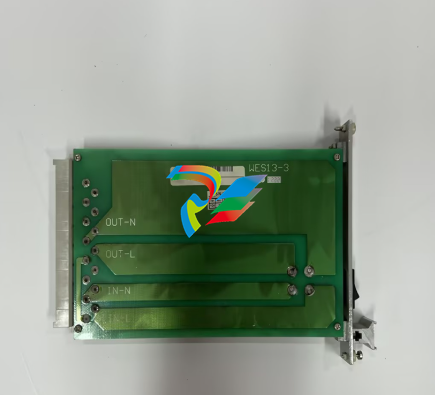
.jpg)
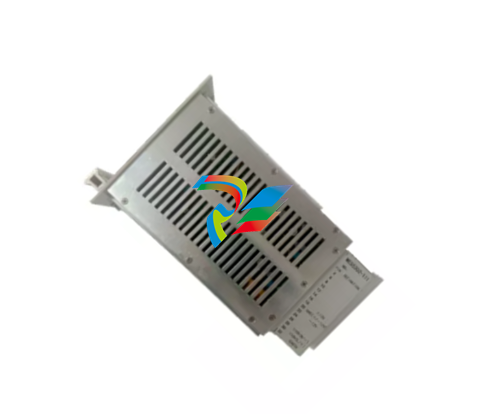
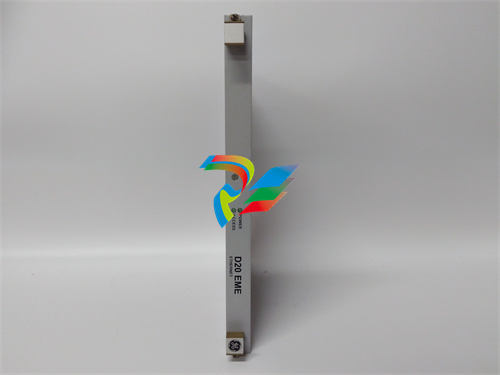
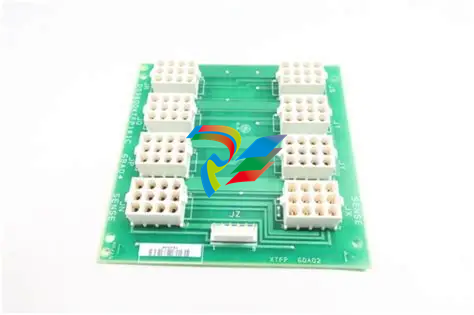









































.jpg)
.jpg)





.jpg)



.png)
.jpg)

.jpg)
_lVjBYb.jpg)

.jpg)
.jpg)



.jpg)
.jpg)







.jpg)

.jpg)
.jpg)











.jpg)






